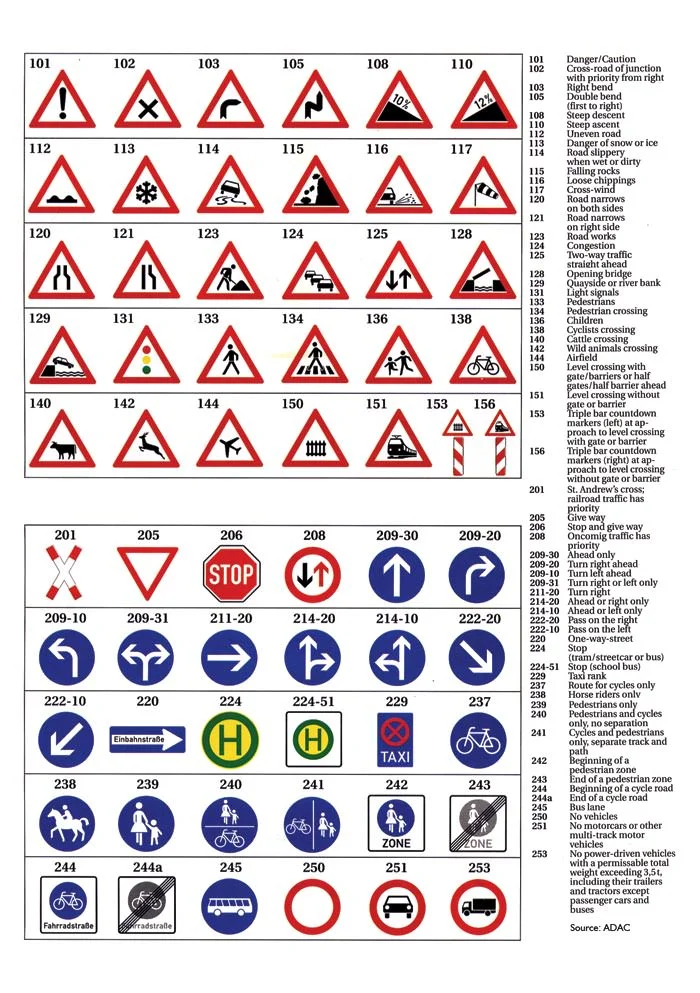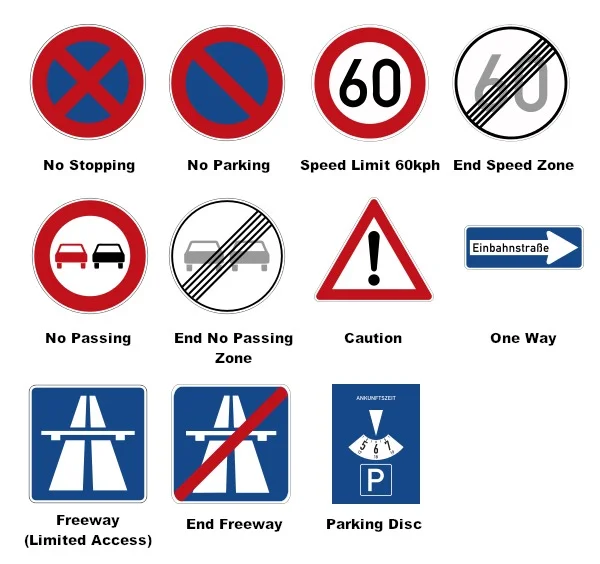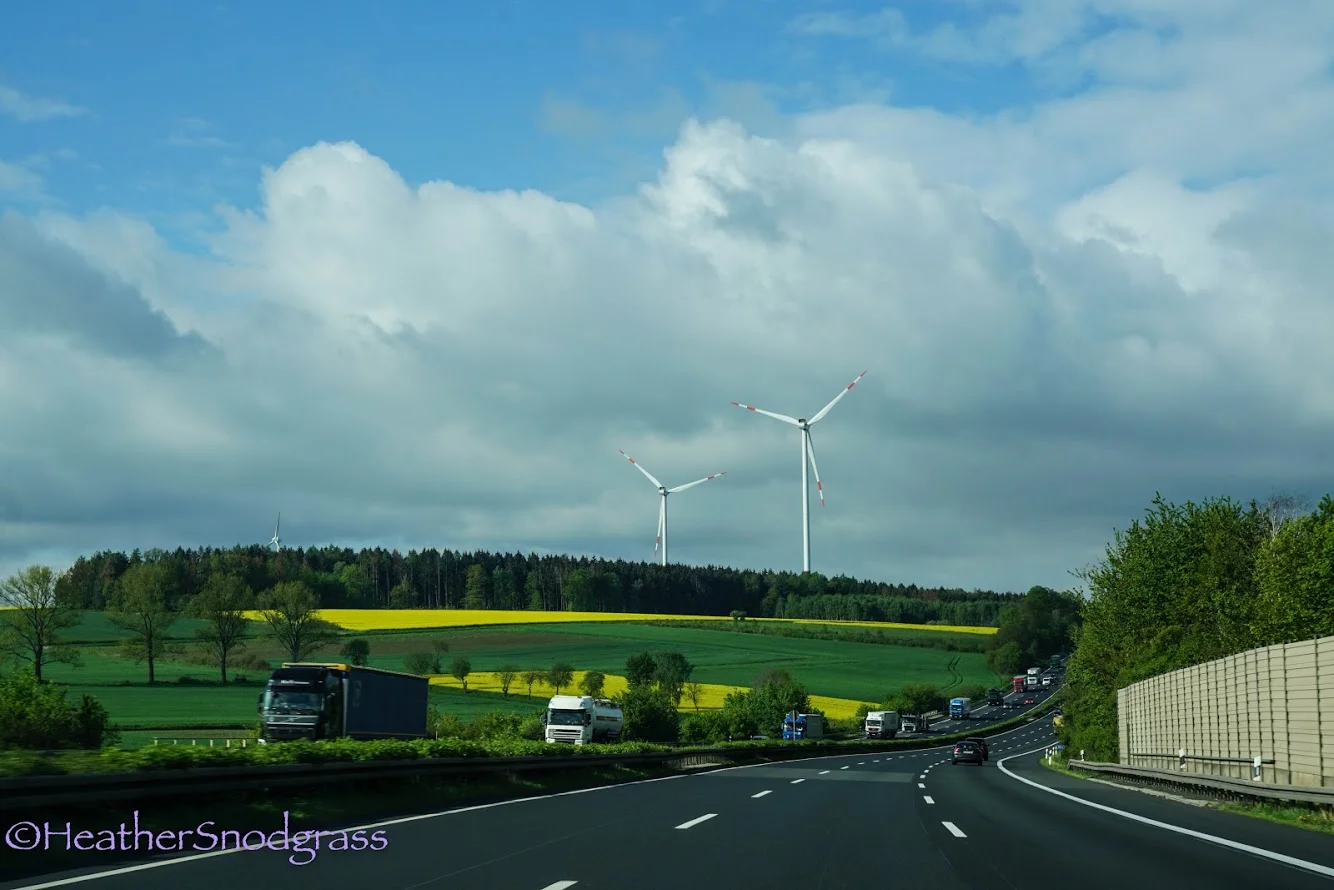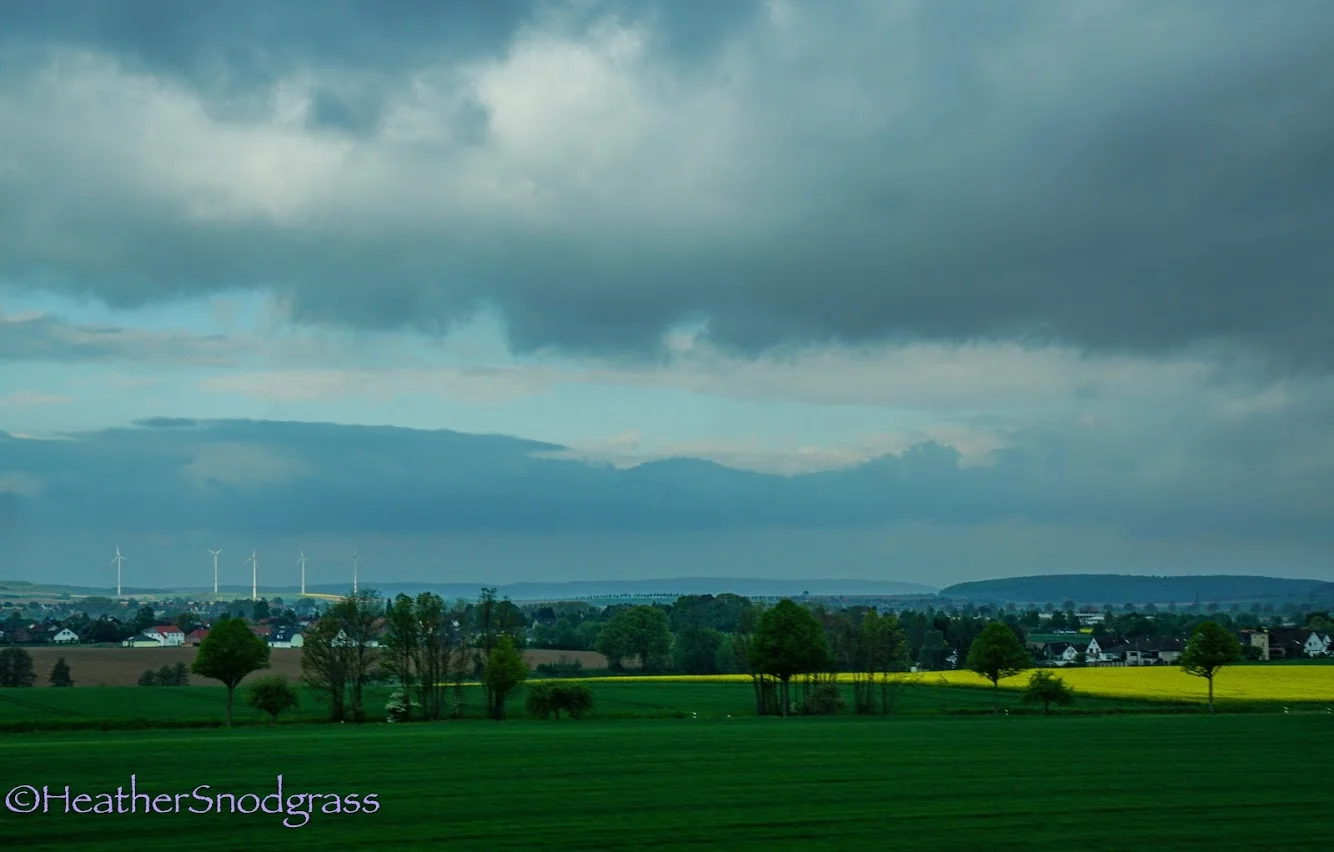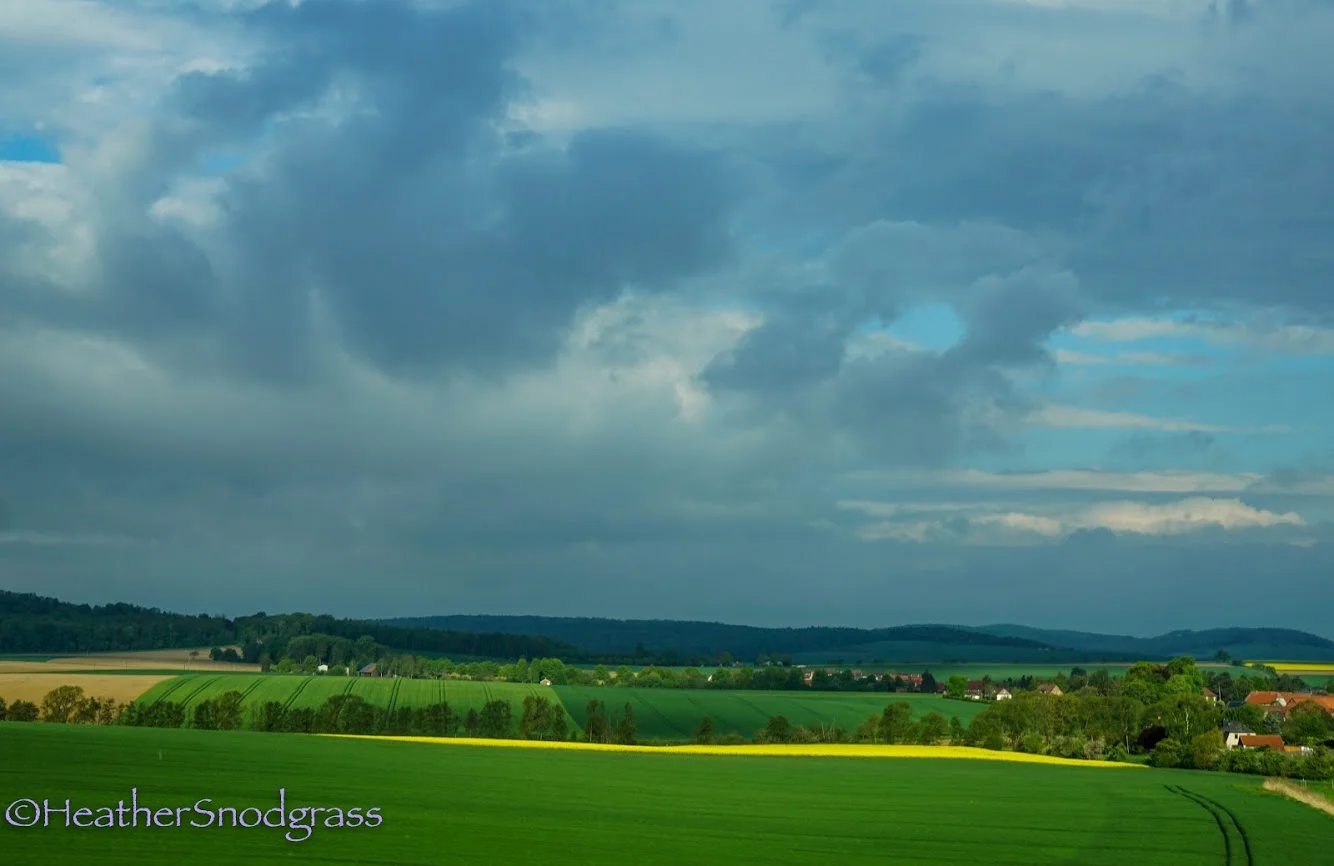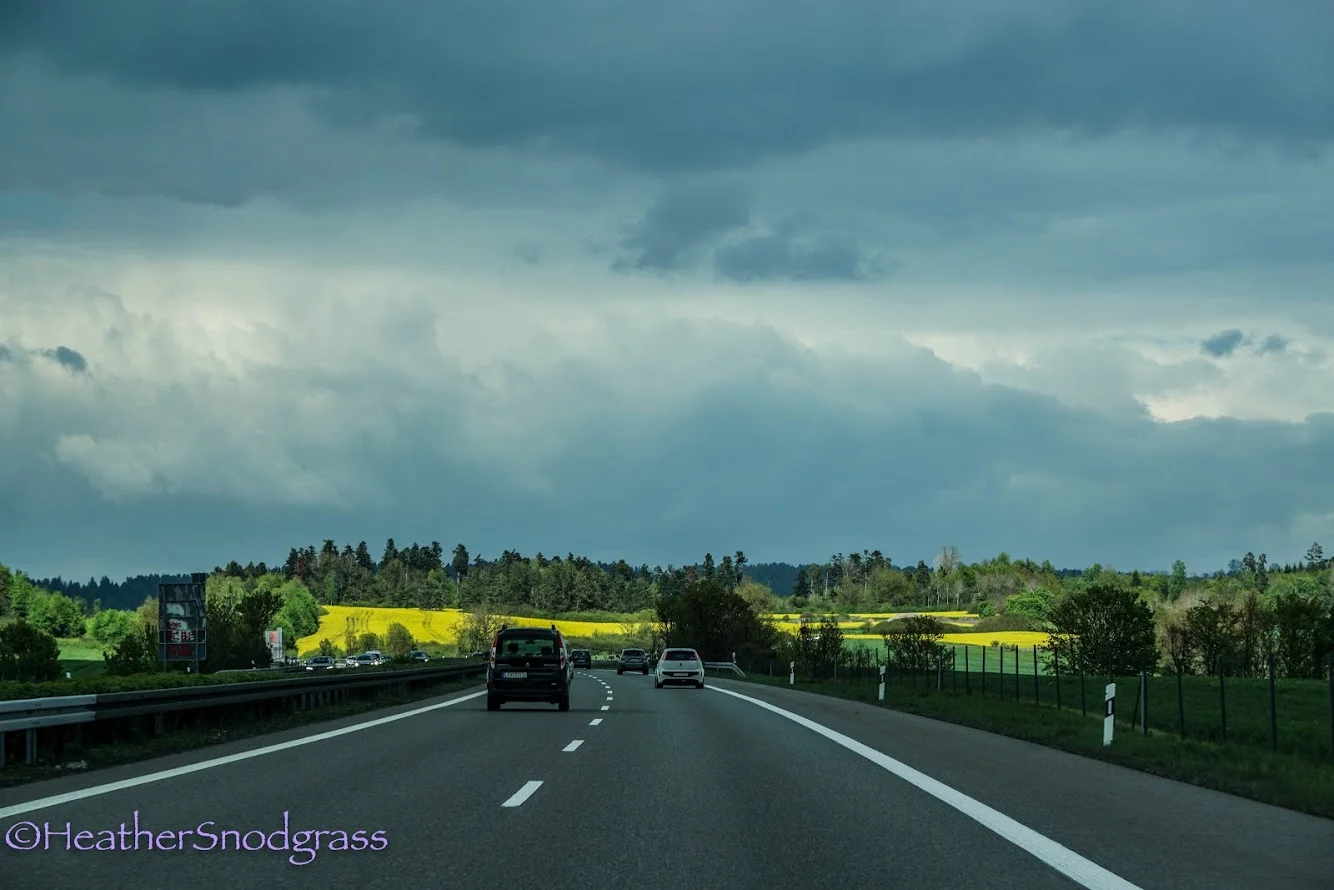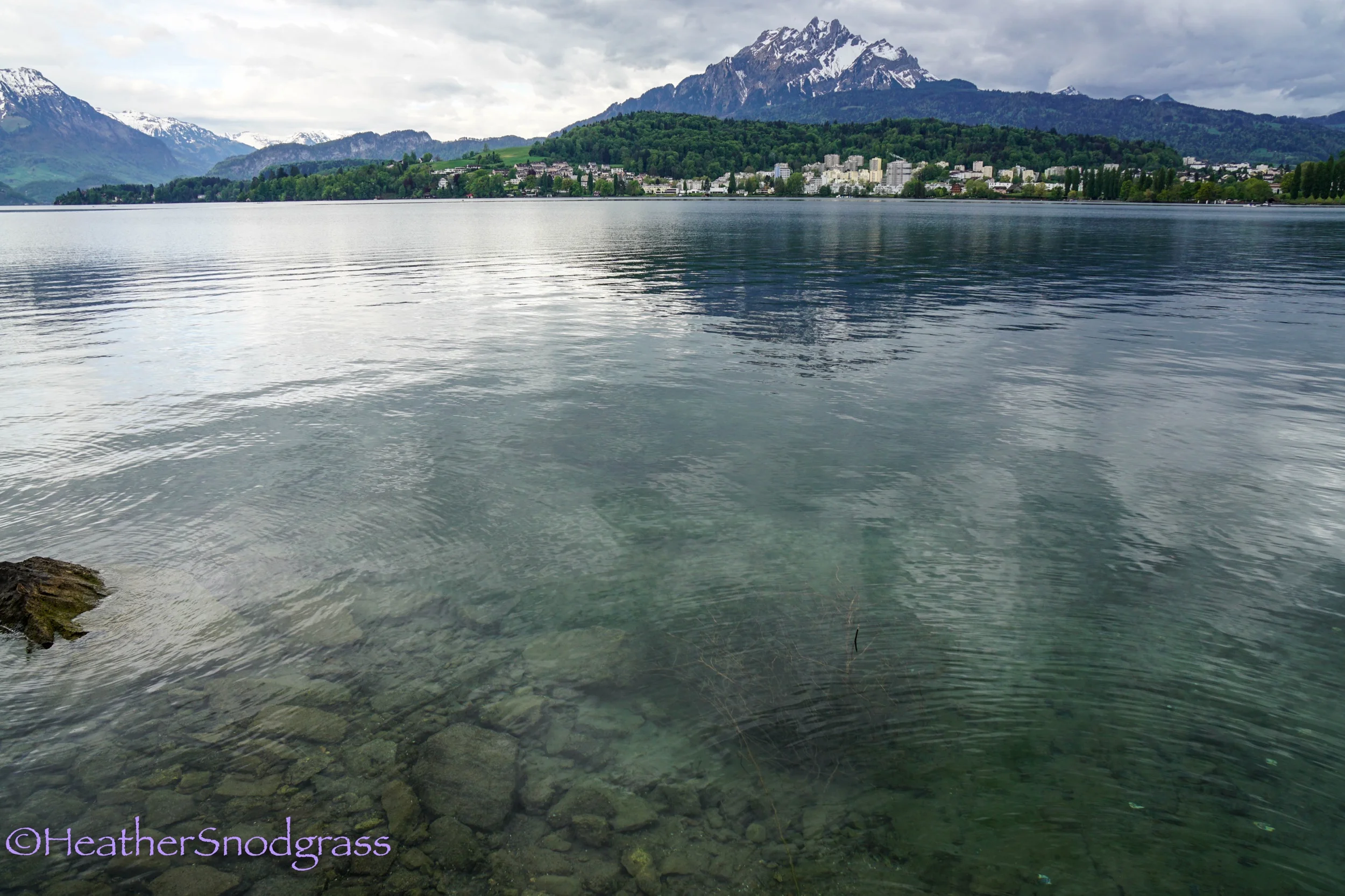So, You Want To Drive In Germany?
There are two things I love to do most days; Drive, and Travel. However, combining the two is not always something I am ready to tackle. There are certainly places all over the world where you couldn’t pay me to drive. Certain cities in Europe, New York City, many parts in Asia, and so on, and so on. Unless you are going with a tour group, a cruise, know someone where you are going, or are ok with forfeiting certain areas, driving in other countries is a bit inevitable.
Planning our last trip from Brussels, to Germany, to Switzerland, and back to Brussels eventually, was becoming daunting to say the least. It was difficult trying to find good train times between all of the places we wanted to go and being unsure where to leave our luggage while we wanted to explore. The thought of driving in Europe was even more daunting at first though. Not only were we going to be in a foreign land, with foreign driving laws, while driving a foreign vehicle (many car brands are different in Europe and around the world than what we have come to know in the USA), as well as measuring your speed based on kilometers rather than miles per hour, we were also going to be in foreign countries that spoke other languages. The thought was terrifying. Much of this trip was for my husband’s birthday and I know driving on the autobahn was something he really wanted to check out at some point in his life. Everything was stacking up so that renting a car was the way we were going to go. A very common misconception people in the US have is that all driving in Europe is on the opposite side of the road, on the opposite side of the car. This is not so. Most of Europe drive on the right side, just like the US.
I researched driving in all of the cities and countries we were going to hit by watching video tips on YouTube, reading tips, and even just watching videos of people driving in these places so that I had an idea what the roads actually would look like. This wasn’t either of our first times driving in foreign countries. My husband drove in England and we both drove on our trip to Iceland and Mexico years ago. If someone can drive in England where you also have to adjust to driving on the opposite side of the car, on the opposite side of the road, then driving in foreign countries isn’t quite as daunting. Driving in Iceland is actually pretty easy as long as you recognize road signs. Most of the country isn’t bogged down with traffic and it’s a lot of open road driving. You would think this experience would have eased a bit of that anxiety but until you start experiencing something firsthand, it doesn't exactly ease the anxiety. It is still unknown.
We drove Belgium, Netherlands, Germany, Switzerland, and Austria. Although the bulk of our driving was in Germany, I know enough now to say where I would drive again, and where I would not. Germany, I would absolutely drive again. Actually, Germany driving is very similar to Colorado driving. The left lane is still used for passing only. Please note if you are driving in Colorado, the left lane is for passing only. The rules are all pretty similar for getting around in Germany. Not having speed restrictions in parts is definitely new to me though. Signage is different. Driving in Switzerland is very similar to driving in Germany, so that is really helpful. Overall, both countries are pretty open driving, especially outside of the big cities. It was also very similar to Germany in the parts of the Netherlands we went through, and was open driving roads. As I mentioned in another blog, the scenery from Belgium to Germany, through the Netherlands is very similar. Belgium can definitely stack the traffic at certain times and especially by the cities. Austria is slightly different and we drove through towns rather than open road driving. I would definitely not drive in Brussels ever again if I can help it. Traffic was a nightmare, and the drivers are intimidating. Many roads aren’t even accessible by car and parking can be expensive at times.
While driving without speed restrictions can certainly be fun, don’t expect that to last too long while driving though. There is always construction happening on the autobahn and speeding is unacceptable in work zones. There are things called blitzers that will catch you if you are speeding where you should not be speeding, so it is important to be aware of your surroundings. While the roads are in better condition than we are used to in most of the US, they are anything but immaculate. However, you rarely feel like you are going as fast as you are. A lot of the driving in Germany is really beautiful though. There are times when the road is lined with trees that you can’t see through, and then there are parts where it all opens up and you can see the countryside for miles. When it is raining, it can be very difficult to see, which may cause you to pull off the road at a pull-out, and wait it out at times because it is very important you don't go too slow on any highway for safety purposes. If you happen to be in the left lane while you are passing someone, always check your rear-view mirror because many times someone will flash you if they are approaching you quickly and shouldn’t slow down. It is very important to get out of their way. If they flash you with their headlights in Germany, do not take offense to this, as they are not being rude or mean, they are merely telling you they’re coming and you are going much slower than they are. Usually drivers will turn on their emergency flashers when they are coming to a sudden stop to let you know they are actually stopping. It is good to get into this habit when driving there just to signal to drivers behind you that you are also stopping abruptly so that they can react appropriately. Most semis are not allowed to drive on Sundays in Germany. You will see them parked in the pull-offs along the autobahn on Sundays. There may be the occasional semi out driving though. It does free up traffic quite a bit though.
Overall, you have made a good choice if you have chosen to drive in Germany. Try not to be overwhelmed and my best suggestion is when in cities, park your car and take public transportation or walk around the city as cities can be busier, full of bicyclists, and more stressful overall. Parking isn’t always the easiest to find. Try to book hotels with free parking or their own lots in Germany though. This will save you a headache of trying to find parking around your hotel.
Do: Use the left lane for passing only, watch the signs on the road, study road signs before going, watch tips on driving by locals before going, find a hotel with parking, bring euros for parking, get the insurance through the rental car company, expect to pay more for an automatic rental car if you do not know how to drive standard, get a vignette at a gas station before you get to the border of Switzerland if you plan on driving into Switzerland if your vehicle does not have one up to date (€40), WATCH FOR BICYCLISTS AND PEDESTRIANS, expect to pay more for gas along the autobahn, bring euros/change for having to utilize restrooms in gas stations while you are driving, plan the drive to be longer than a maps app quotes you
Don’t: Turn on red, use your cell phone while driving unless it is in hands-free mode, get offended by other drivers flashing their lights at you, use the left lane for anything other than passing another driver, drive aggressively, get overwhelmed while driving
Packing List: Valid driver’s license, comfortable clothing, good driving shoes, emergency vest in case you get stuck on the side of the road because it is required but your rental company likely provides this, a current GPS unit or you can rent one with the car, hard copies of places you’re going and staying with addresses
First image on sign breakdown brought to you by: How to Germany
Second image with signs brought to you by: Amateur Traveler who also has a good site on driving that I just discovered myself.
All other images are my own
Rush Hour in Brussels


